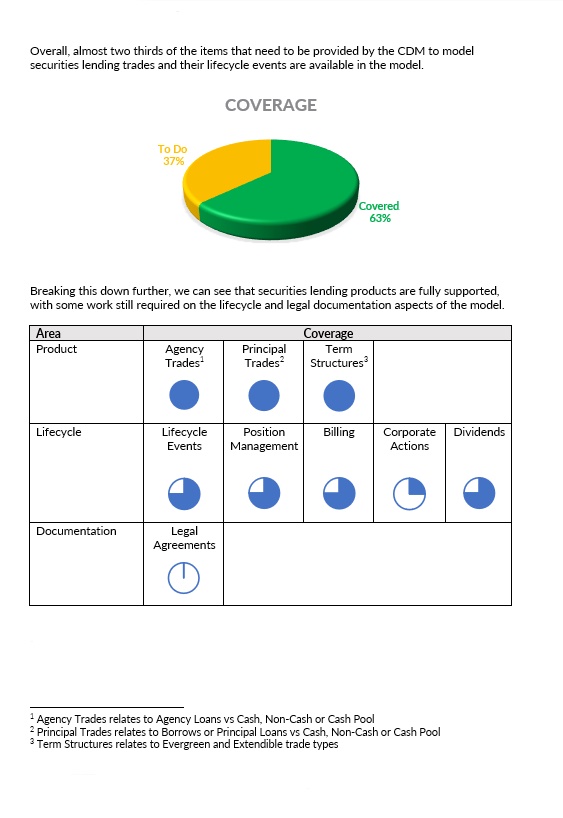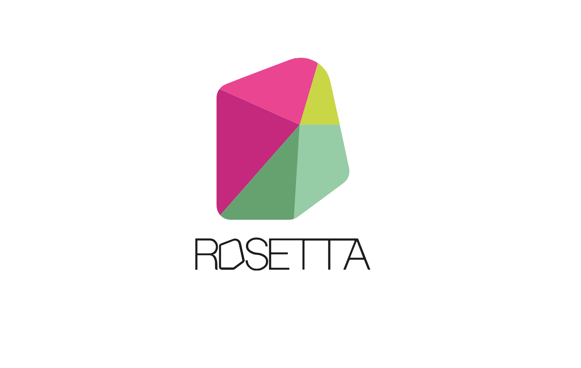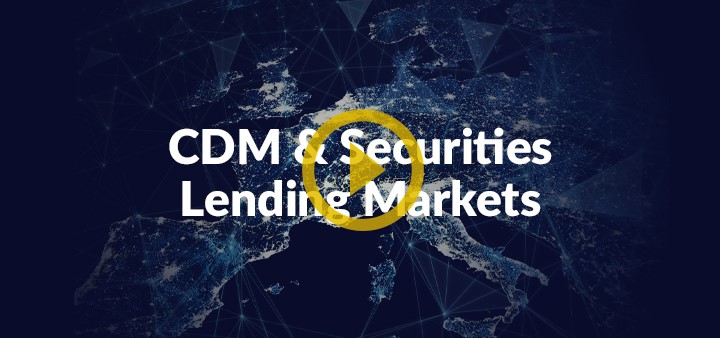A Common Domain Model (CDM) aims to unify a series of actions, life cycle events and product definitions though the development of a single language or code. It has particular relevance in respect of post trade and life cycle events and may also be seen as the application of best practice within a codified framework. ISLA has been working with our members and other industry stakeholders, including other relevant industry associations to better understand how a CDM might best be applied to our markets and consider the broader ramifications of such developing technologies.
Aligned to this work, ISLA has also been working to develop digital versions of our market standard master agreements. The development of an on-line digital environment will among other things, allow firms to produce, deliver, negotiate and execute documents, and capture process and store data from such documents. This will, over time, be an integral component of any future digitalised regulatory reporting regime. ISLA has been working on a cross industry basis to better understand how digital formats of our master agreements will benefit our members and the industry more broadly.
The CDM can be found on FINOS here. Any latest working group minutes and relevant working group meetings on the CDM can be found on our ISLA Working Groups & Minutes page.
In this Section







